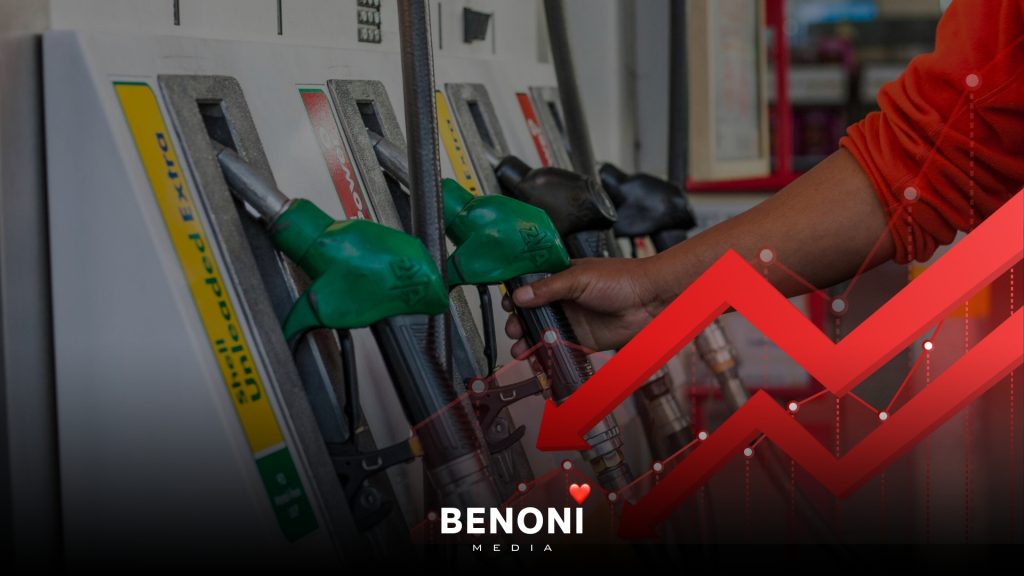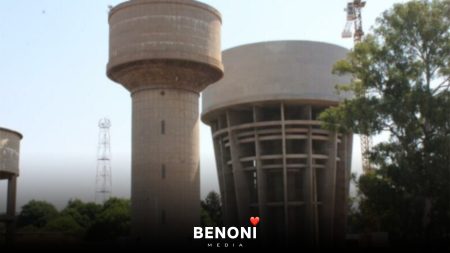Promising News for Fuel Prices
Month-end data from the Central Energy Fund suggests a reduction in fuel prices across the board, set to take effect on Wednesday, 7 August.
Anticipated Price Reductions
The data indicates that petrol prices will drop by 7 to 11 cents per liter, while wholesale diesel prices are expected to decrease by 9 to 22 cents per liter. These changes are attributed to a relatively stronger rand against the dollar compared to June and stable global oil prices, which have declined throughout July.
Detailed Breakdown of Price Changes
- Petrol 93: Decrease of 7 cents per liter
- Petrol 95: Decrease of 11 cents per liter
- Diesel 0.05% (wholesale): Decrease of 22 cents per liter
- Diesel 0.005% (wholesale): Decrease of 9 cents per liter
- Illuminating paraffin: Decrease of 16 cents per liter
This improvement is significant compared to the start and middle of the month, where fuel price recoveries were inconsistent.
Relief for Motorists and Economic Impact
Although the expected cuts are not as substantial as those in prior months, they will still provide relief to motorists, particularly diesel users who were previously facing a potential price increase. Lower fuel prices will also positively impact inflation, potentially accelerating the South African Reserve Bank’s move to cut interest rates.
Inflation and Economic Projections
Inflation in June saw a slight improvement from May. However, July’s inflation will be pressured by electricity price increases implemented at the start of the month. The upcoming petrol price cut should help counteract some of this pressure. Economists anticipate that another fuel price reduction in August will help inflation trend towards the central point of the SARB’s target range (4.5%), with rate cuts expected to begin in September.
Rand Strength and Oil Prices
Despite the rand’s volatility post-2024 national election and the establishment of the Government of National Unity (GNU), it has strengthened compared to the highs of R19/$ seen before the election. A recent dollar rally pushed the rand above R18.50 against the dollar, but it has since stabilized around R18.35. Compared to June, the rand’s overall stronger position accounts for a 14 to 15 cents per liter over-recovery in fuel pricing.
Insights from Economists
Investec chief economist Annabel Bishop notes that the rand is under pressure due to the simultaneous rate-cutting cycles in South Africa and the US. Typically, a delay in rate cuts compared to the US provides a better rate differential, benefiting the rand. However, despite this, Bishop is optimistic about the rand’s outlook due to market confidence in the GNU’s centrist policies and positive economic reforms, such as the continued suspension of load shedding.
Global Oil Market Trends
While Brent crude prices have risen overall this year, they have remained within a tight range in recent months, currently trading below $80 a barrel. This is an improvement from the $85+ levels at the start of the month. However, the average price remains flat month-on-month, leading to mixed recoveries for fuel types.
For petrol and 0.005% diesel, oil prices are contributing to a 3 to 7 cents per liter under-recovery. For 0.05% diesel, there is a 7 cents per liter over-recovery.
Market Analysis
Bloomberg’s analysis highlights that the recent dip in oil prices is due to expected lower demand from China. Several banks, including Citigroup Inc., have downgraded their growth forecasts for China, citing weakening export prices for US oil and muted second-half imports. Despite this, supply curbs by OPEC+ nations and geopolitical tensions continue to exert upward pressure on oil prices.
Official Announcement Awaited
South African motorists will need to wait a week for the fuel price changes to take effect. The Department of Petroleum and Mineral Resources is expected to announce the official changes before they come into effect on Wednesday, 7 August.








